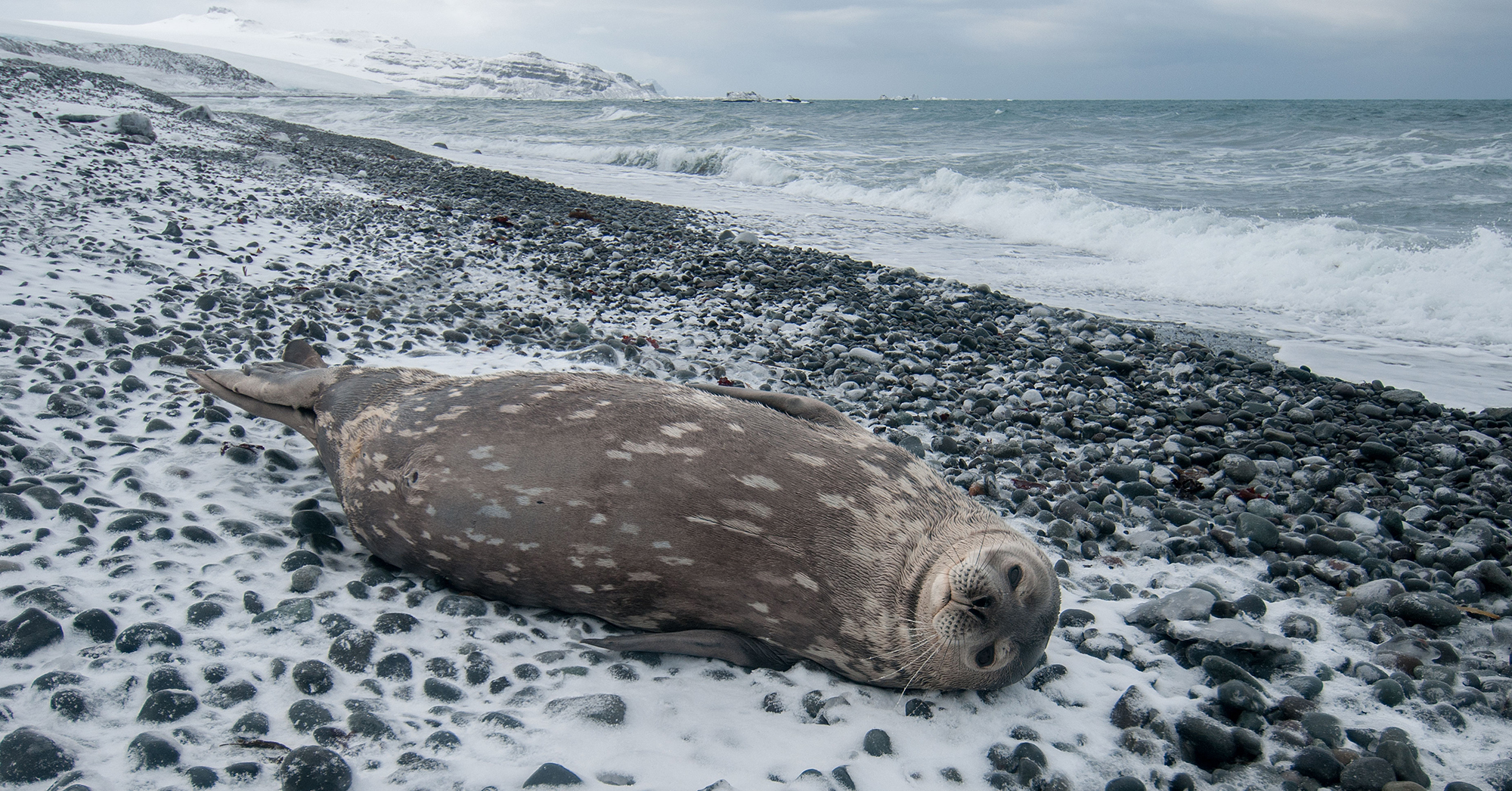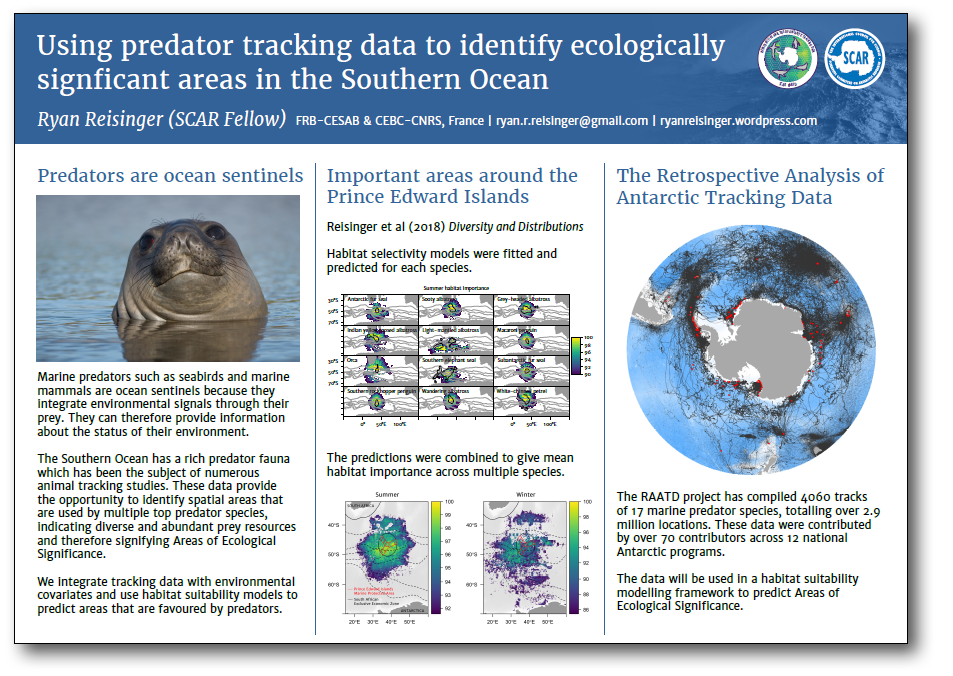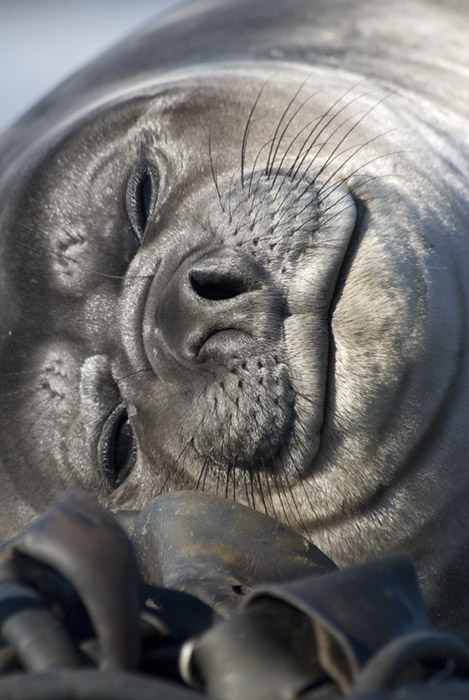
I was among the lead authors of a new WWF report entitled “Protecting Blue Corridors: Challenges and solutions for migratory whales navigating national and international seas”.
“Protecting Blue Corridors” visualises the satellite tracks of over 1000 migratory whales worldwide. The report outlines how whales are encountering multiple and growing threats in their critical ocean habitats – areas where they feed, mate, give birth, and nurse their young – and along their migration superhighways, or “blue corridors”.

“Protecting Blue Corridors” provides the first comprehensive look at whale migrations and the threats they face across all oceans, highlighting how the cumulative impacts from industrial fishing, ship strikes, pollution, habitat loss, and climate change are creating hazardous journeys.
The report is a collaborative analysis of 30 years of scientific data contributed by more than 50 research groups, with scientists from Oregon State University Marine Mammal Institute, University of California Santa Cruz, University of Southampton (myself) and many others.
“Protecting Blue Corridors” calls for a new conservation approach to address these mounting threats and safeguard whales, through enhanced cooperation from local to regional to international levels. Using infographics and regional case studies, we highlight examples such as how IUCN Important Marine Mammal Areas (IMMAs) can help inform marine connectivity conservation efforts – including for upcoming negotiations of a new treaty for the high seas (Areas Beyond National Jurisdiction) in March 2022 at the United Nations.
Read more about the report:
https://wwfwhales.org/news-stories/protecting-blue-corridors-report






 I have a poster up in the SCAR / IASC expo at
I have a poster up in the SCAR / IASC expo at 

